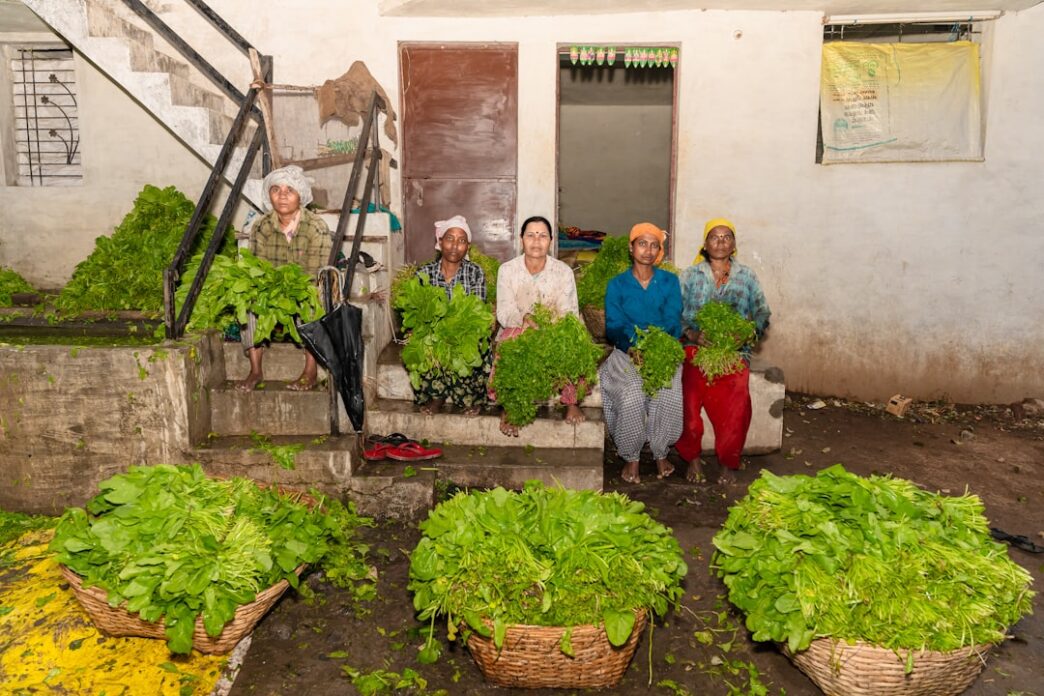In a world grappling with escalating economic inequality and volatile food prices, farming cooperatives have emerged as a beacon of hope. These grassroots organizations not only empower local farmers but also foster community resilience, ensuring food security for their members and surrounding populations.
Take the case of the Cooperative Agricole de Lait in Tunisia, a dairy cooperative that has transformed the dairy industry in the region. Faced with mounting pressure from global dairy corporations and fluctuating milk prices, local farmers banded together to create a cooperative model that allowed them to pool resources, share risks, and improve bargaining power with suppliers and consumers alike. Over the years, this cooperative has grown from a handful of farmers to over 300 members, producing high-quality milk without the constraints imposed by larger corporate entities.
The cooperative structure provides several benefits. Economically, members share the costs of equipment, marketing, and distribution. By reducing individual financial burdens, farmers can invest more in sustainable practices that enhance productivity. In addition, they often establish direct relationships with local markets, which helps them secure better prices for their products. This strategy not only increases their incomes but also contributes to local economies by keeping money circulating within the community.
Moreover, farming cooperatives often prioritize sustainable agricultural practices. In contrast to industrial agriculture—which is notorious for its environmental degradation—cooperatives tend to adopt more eco-friendly approaches. This includes organic farming techniques, crop rotation, and integrated pest management. These methods not only help in preserving the environment but also yield healthier food options for consumers.
The success of farming cooperatives isn’t confined to Tunisia. Countries like India have seen similar initiatives flourish. The Amul cooperative, one of the largest dairy cooperatives in the world, has empowered millions of dairy farmers. It has changed the landscape of India’s dairy industry by providing farmers with the tools and support needed to thrive independently, showcasing a model that could be replicated in various sectors.
The emergence of these cooperatives highlights a crucial point: economic resilience can be cultivated from the ground up. In a landscape often dominated by multinational corporations and their focus on profit margins, these local organizations find strength in collaboration and shared purpose. Farmers, who once operated in isolation, now possess a collective voice that resonates far beyond their fields.
Despite their successes, challenges remain. Many cooperatives struggle with access to financing and markets, which can hinder their growth potential. Supportive policies from governments or NGOs can play a pivotal role in addressing these barriers. For instance, initiatives aimed at providing low-interest loans or creating partnerships with larger food distributors could enhance their capacity to expand.
As global challenges such as climate change and food insecurity become increasingly pressing, the cooperative model offers an innovative and sustainable solution. By promoting local production and equitable distribution, these organizations can help reshape economies that have long favored the few over the many. In a time when the economic narrative often reads like a tale of disparity, farming cooperatives remind us of the power of community and collaboration in building a more just future.











